Postdoctoral Researchers
Eric (Xisheng) Lin (2025-)
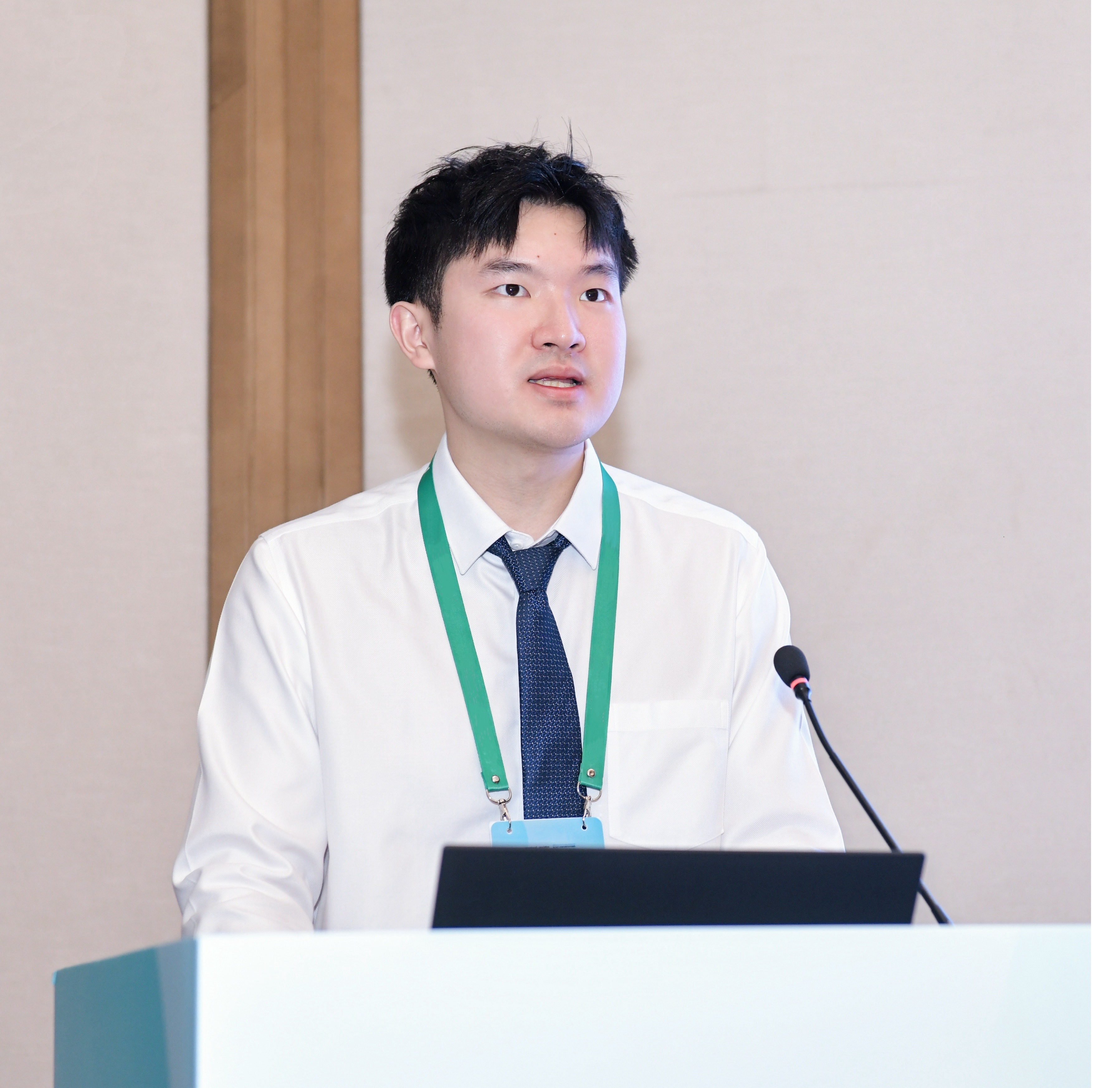
I am employing Spectral Proper Orthogonal Decomposition (SPOD) to study performance-based wind design under non-synoptic windstorms, including downbursts and tornadoes. In addition to SPOD, I utilize advanced methods such as time-dependent POD and Dynamic Mode Decomposition to analyze dynamical properties of these complex flows. A key objective is to isolate spatio-temporal coherence of flow structures critial to downburst- and tornado-structure interactions. This research is co-supervised by Prof. Matiyas Bezabeh from the Department of Civil Engineering at McGill University.
PhD Students
Mohammad Hadavi (2021-)
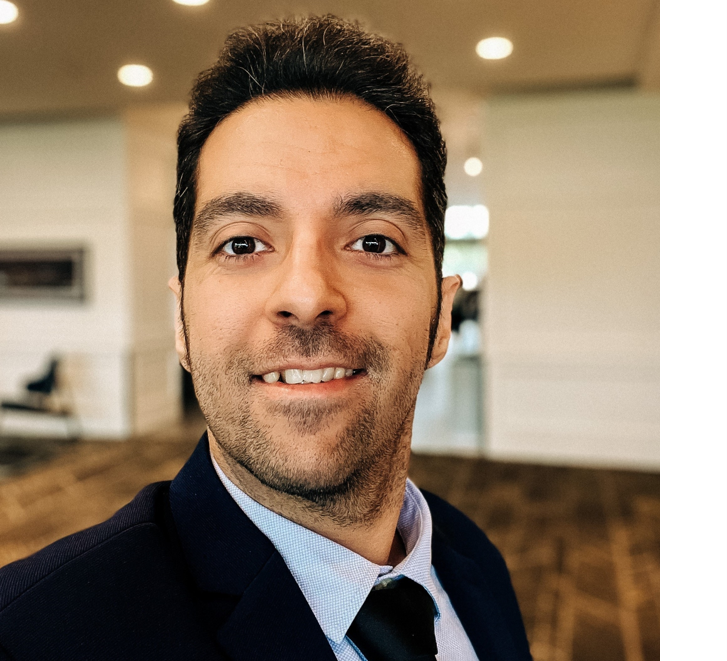
My research focuses on the interactions between thunderstorm winds and urban environments using computational fluid dynamics and climatology of thunderstorm winds. In addition, an experimental campaign in Montreal using lidar wind profilers and other weather observing instruments will be a part of my research project.
Google Scholar Page LinkedIn PageQuinn Dyer-Hawes (2022-)
Greenhouse gas (GHG) emissions due to human activities are identified as the main cause of global climate change. Some of the well-known GHGs are carbon dioxide and methane. Observational and numerical studies of GHG emissions and their distributions in Canadian cities are rare. My research goals are to simulate the dispersion processes of the GHGs using high-resolution numerical models. The goal is to improve our understanding of the effects of meteorological conditions and urban morphology on GHG distribution at the urban block level. My research is focused on downtown Montreal in QC, Canada.
Ahmed Maky (2023-)
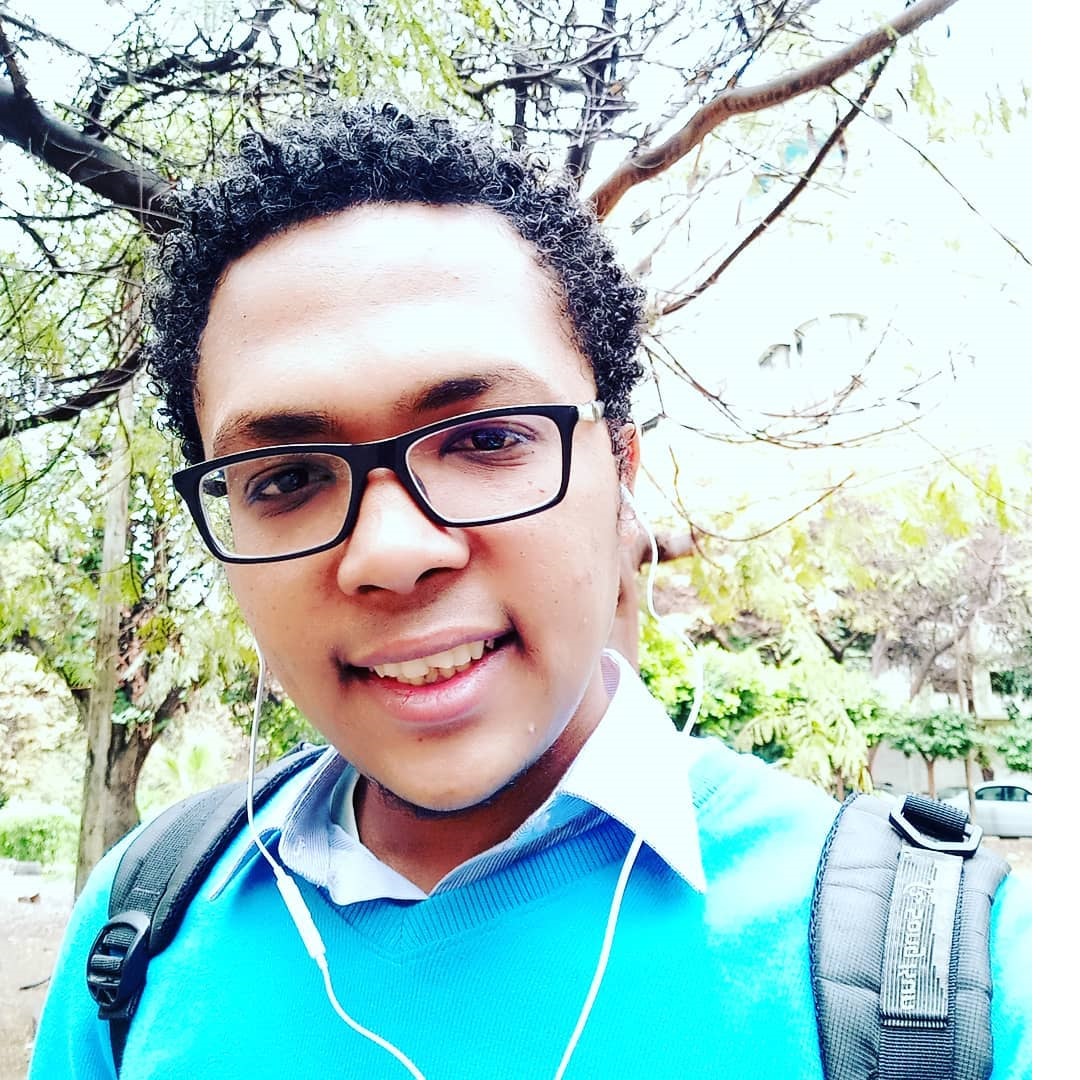
Seismic loading is related to the effects of an earthquake on a structure. Similarly, wind loading describes the wind forces exerted on a strcture. These two profoundly different loading cases are normally investigated independently because the likelihood of these two disasters occurring simultneously is negligible. However, a series of seismic and thunderstorm wind loads over a design lifetime of a structure is non-negligible . In my research, I am developing a multi-hazard analysis framework for subsequent seismic and thunderstorm disasters.
LinkedIn PageAubert Lamy (2025-)
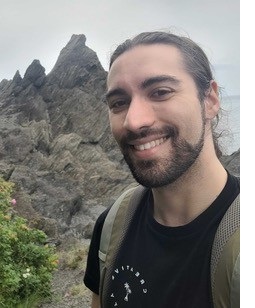
My research focuses on developing a comprehensive natural hazard and risk modeling framework that integrates multiple meteorological hazards into a unified system for assessing impacts on the built and energy structure and infrastructure. This interdisciplinary framework aims to account for hazard interdependencies and spatial variability in exposure and vulnerability, making it adaptable for use in disaster risk management and weather and climate resilience planning. A second core component of my work involves conducting constrained stochastic simulations of extreme winds using Monte Carlo methods. However, these simulations are conditioned on reported damaging wind gusts that have impacted specific structures and infrastructures, enabling the generation of statistically robust wind fields that are physically consistent with reported damage.
Yaohong Ren (2025-)
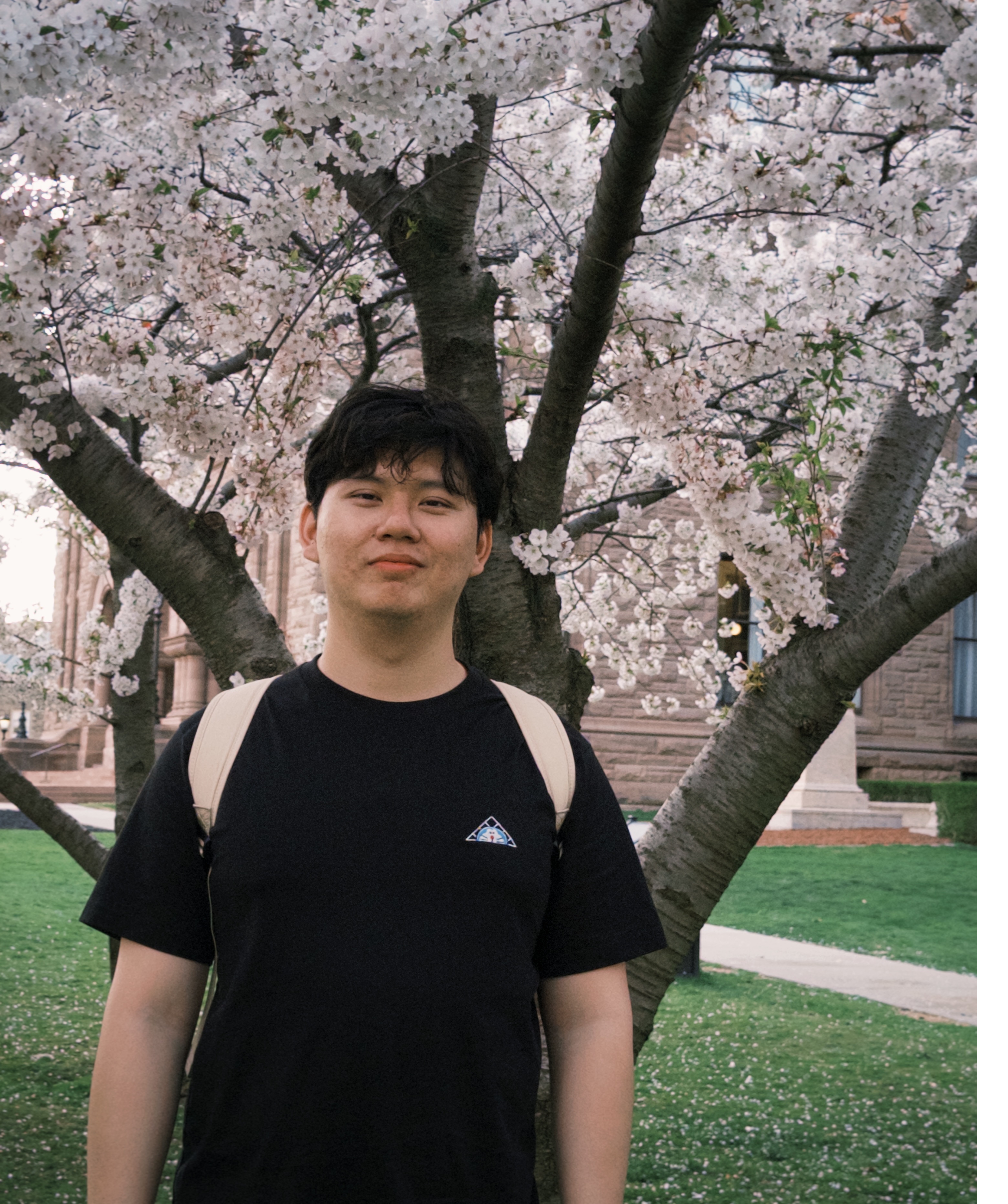
Atmospheric flows are inherently turbulent. I utilize high-resolution Doppler lidar measurements to investigate turbulence in the urban boundary layer and the complexity of boundary layer clouds. Currently, I am developing new theoretical concepts to quantify the turbulent nature of boundary layer flows. Furthermore, I am extending these boundary layer turbulence concepts to tornadic wind flows. My research integrates theoretical frameworks with field measurements to explore the captivating subject of turbulent flows.
Michael Hope (2025-)

My research centers on the advanced modeling of tornadoes at both mesoscale and microscale levels through the application of mesoscale and computational fluid dynamics models. This work emphasizes the intricate processes of tornadogenesis by examining the atmospheric conditions and mechanisms that initiate vortex formation, as well as the subsequent evolution of tornado structures. Furthermore, the models will be used to assess the potential impacts on the built environment, such as structural vulnerabilities in urban and rural infrastructures. I conduct my research at IUSS School for Advanced Studies in Pavia, Italy, under the supervison of Prof. Alessio Ricci and co-supercision of Prof. Djordje Romanic at McGill University in Canada.
MSc Students
Currently none.Visiting Students
Ivana Ivancic (2025-2026)
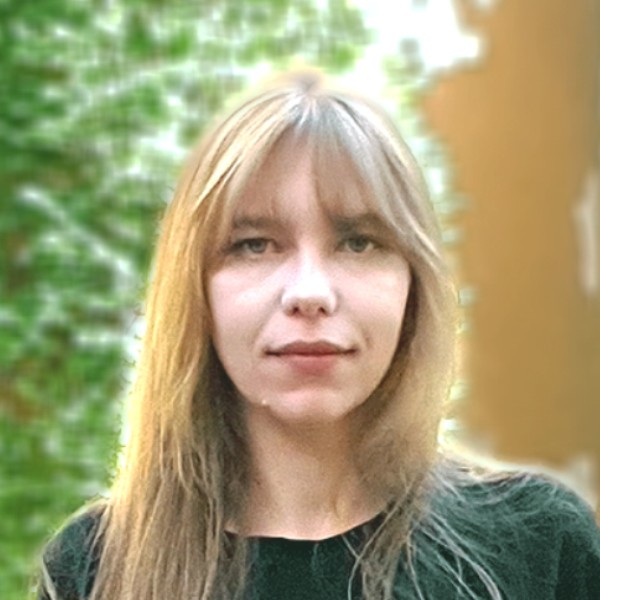
I am a visiting PhD student from the Institute for Advanced Studies IUSS in Pavia, Italy. My research focuses on computational fluid dynamics simulations of downslope winds, with a specific emphasis on the local downslope wind near Genoa, Italy, known as the Tramontana. I validate my numerical simulations using data from a long-range scanning Doppler lidar installed at the Port of Genoa. In addition to model validation, I utilize lidar data to study the kinematics of downslope winds, with applications aimed at enhancing urban resilience to downslope windstorms. My research is supervised by Professor Alessio Ricci at IUSS Pavia and Professor Massimiliano Burlando at the University of Genoa.
Undergraduate Students
Marek Detière-Venkatesh (2025)

My research employs a System Dynamics approach to investigate the resilience of wind farms to tornadoes. Considering the diverse range of potential damage and associated losses, I utilize System Dynamics methods to evaluate strategies for enhancing wind farm resilience. This research is particularly important in the context of a changing climate, where the frequency and intensity of extreme weather events are expected to increase. By improving resourcefulness, reducing recovery times, and optimizing other critical variables, this work aims to mitigate the impact of tornado events on wind energy infrastructure.
Lucas Malatesta (2025)

Downbursts are powerful downdrafts originating from thunderstorm clouds that spread radially upon impacting the surface. Wind gusts in severe downburst outflows can exceed 50 m/s. My research focuses on investigating the surface pressure signatures and patterns associated with downburst-like impinging jets, generated in the WindEEE Dome at Western University, Canada—the world's largest wind tunnel dedicated to simulating downburst winds. This study aims to enhance understanding of horizontal pressure gradient forces and the resulting accelerations within these intense thunderstorm wind events.
Yong Jian Li (2025)

My research explores the use of photography to investigate the complexity of clouds in the atmosphere, treating complexity as a physical quantity linked to the amount of information required to describe a system's structure. By capturing high-resolution images of various cloud formations and analyzing them using tools from information theory and image processing, I aime to quantify how cloud structures vary in their spatial complexity across different atmospheric conditions.
Former group members
Doctoral students
- Masoud Moeini (2024–2025): Urban boundary layer analysis using Doppler lidar profiler.
- Ninghui Li (2022–2023): Analysis of coastal winds using Doppler lidar profiler.
Master students
- Arya Toghraei (2023–2025): Indoor measurements of aerosol concentrations and sizes.
- Ruijia Yang (2023–2024): Tornado wind loads on a community of low-rise buildings.
- Katie Simzer (2021–2023): Idealized dual-Doppler retrieval of downburst-like winds.
- Masoud Moeini (2020–2022): Interaction between downburst outflows and atmospheric boundary layer winds.
Visiting students
- Shamma Hukal (2025): Socio-economic impacts of urban heat island in United Arab Emirates.
- Amma Darwish (2025): Socio-economic impacts of urban heat island in United Arab Emirates.
- Nalini Dookie (2025): Disaster risk management of Barbados.
- Nuora Alsuwaidi (2024): Climatology and machine learning analysis of dust stroms in Abu Dhabi.
- Antonia Marks (2024): Response of Saint Vincent and the Grenadines to back-to-back natural hazards.
- Sanola Sandiford (2022): A study of Hurricane Elsa's effect on Barbados.
Undergraduate research students
- Rich Chen (2024-2025): Doppler lidar analysis of urban boundary layer during total solar eclipe.
- Devon Gulley (2024-2025):Engineering contributions to downburst winds.
- Maria Paquin (2024): Multiscale analysis of a cold front event.
- Katya Britton (2022-2024): Developing a user-friendly interface for analytical downburst wind models.
- Qabas Imbewa (2024): Surface pressures in downburst-like impinging jets.
- Chinmay Desai (2023-2024): System dynamics modeling of tornado damage to wind turbines.
- Felix Belair (2023–2024): Lidar analysis of urban boundary layer prior to and during a severe thunderstorm.
- Dara Kiley (2024): System dynamics application in wind energy.
- Patrick Lan (2023): Surface pressures in downburst-like impinging jets.
- Lucas Petropoulos (2023): Literature review of analytical models of downbursts.
- Lalita Vavatsikos (2023): Estimating the kinematics of a downburst through video footage analysis.
- Romane Bouchard (2022): Monte Carlo modelling of tornado hazard to wind turbines in Germany.
- Joseph Samuel (2021): Vulnerability curves for wind turbines in tornadoes.
- Lutong Sun (2021): Analysis of catastrophic wind losses in Quebec and Ontario in the period 2010-2020.
Prospective Students
Please contact me at this
address for informal enquiries about joining my research group.
See our graduate programs page to officially apply for graduate
study in the Atmospheric and Oceanic
Sciences Department at McGill University.